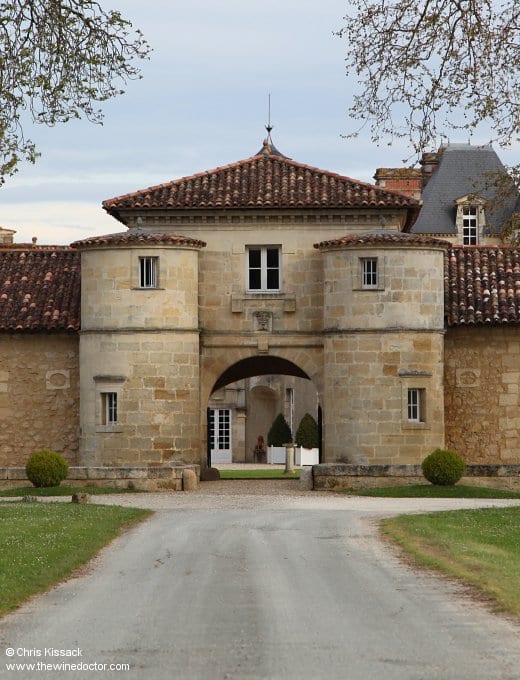Bordeaux 2008 Primeurs: Margaux, Médoc & Haut-Médoc
Tasting the wines of St Estèphe, Pauillac and St Julien was more than enough for one day, and so it was two days later – having spent the intervening time in St Emilion and Pomerol – that I moved onto Margaux. Starting with Margaux itself, we tasted the 2008 grand vin, Pavillon Rouge and Pavillon Blanc in the company of Paul Pontallier, who talked us through 2008. Admitting that this wasn’t a great vintage, Pontallier was nevertheless naturally very positive, describing the wines as either very good or excellent. The vintage here started on September 22nd with the first selection of Sauvignon Blanc, destined for Pavillon, and picking continued sporadically during the ensuing week, with a several passes through the vines, finishing by the first week of October. By this time the Indian summer was well underway, and the harvesting of the Merlot began on October 6th, followed by the Cabernets, the only concern being a little light rain early on. It was all finished by October 20th, with the Petit Verdot being the last fruit to be brought in. The overall yield here was low, as elsewhere, as low as 25 hl/ha for the white grapes, and selection was strict, with just 36% going into the grand vin, 47% for the second, and 17% of the crop sold off. It all illustrates quite nicely the characteristics of the vintage, the associated difficulties, and the commitment required to make good wines under such conditions. It was unfortunate then that, although a lovely wine with a fine future ahead of it, Margaux lagged behind her first growth peers in this vintage. It was the first sign that the Margaux appellation had not fared so well in this difficult year.
That feeling continued with our next appointment at Prieuré-Lichine, which was hosting the UGC Margaux tasting this year. There were one or two good wines, but there were many that were much less exciting. There was dull, feral, farmyardy fruit in places, and some wines lacked vigour, precision or definition. Some estates that usually turn out something to please my palate were disappointing, whereas others that seem to perennially flop actually pulled out the stops and showed a fresh, clean and bright-fruited wine worthy of anyone’s attention. In short, the wines were all over the place in terms of style and quality. And so it was with little hope that I arrived at that British favourite, Palmer. But I need not have feared; the wine here was excellent, Alter Ego (tasted first) put just about every cru classé just tasted to shame, and in the grand vin Bernard de Laage, who led the tasting, has produced a contender for wine of the appellation in this vintage.

